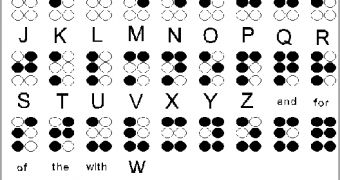For quite a while now, some people with various degrees of vision loss claimed they could feel a certain object around them, even if they couldn't actually see it. This phenomenon was dubbed "blindsight" and doctors have been trying to find a reasonable, scientific explanation for it over the past few years. Now, Japanese scientists at the National Institute for Physiological Sciences were able to determine that blindsight occurs when light is conveyed to the visual receptors without it going through the "regular" channels in the primary visual cortex.
The research team used several monkeys for the experiment. They had various lesions on their primary visual cortex, and scientists focused on training them to see objects that were right in front of them. After some time, the monkeys showed signs that led the team to believe that they could actually see what was shown to them. Their vision could recognize objects shown from six different directions, which led professor Tadashi Isa and Dr. Masatoshi Yoshida to believe that there might be some similarities between blindsight and night vision.
Monkeys usually have a hard time recognizing the dark objects in their normal visual field, so the researchers took this fact as a reference point. Test subjects that had their primary visual cortex damaged exhibited the same behavior as those that were presented with dark objects, with two differences: they had a straight eye moving trajectory and a short response time for eye movement. The scientists believe that these differences are not so much a consequence of them having their cortex damaged, but of the fact that eye movement controls and decision making centers were also affected.
The Japanese scientists say that the training they provided the monkeys proved to be useful in teaching them how to activate secondary brain circuits to relay visual information to the brain. They now hope to be able to extend their research on humans as well, in an attempt to offer blind patients the chance to at least feel the objects around them. "Our finding will provide a new strategy for rehabilitation of these patients with damage in the primary visual cortex. That will be a rehabilitation training to activate alternative brain circuits to see what you do not see," Dr. Yoshida concluded.

 14 DAY TRIAL //
14 DAY TRIAL //